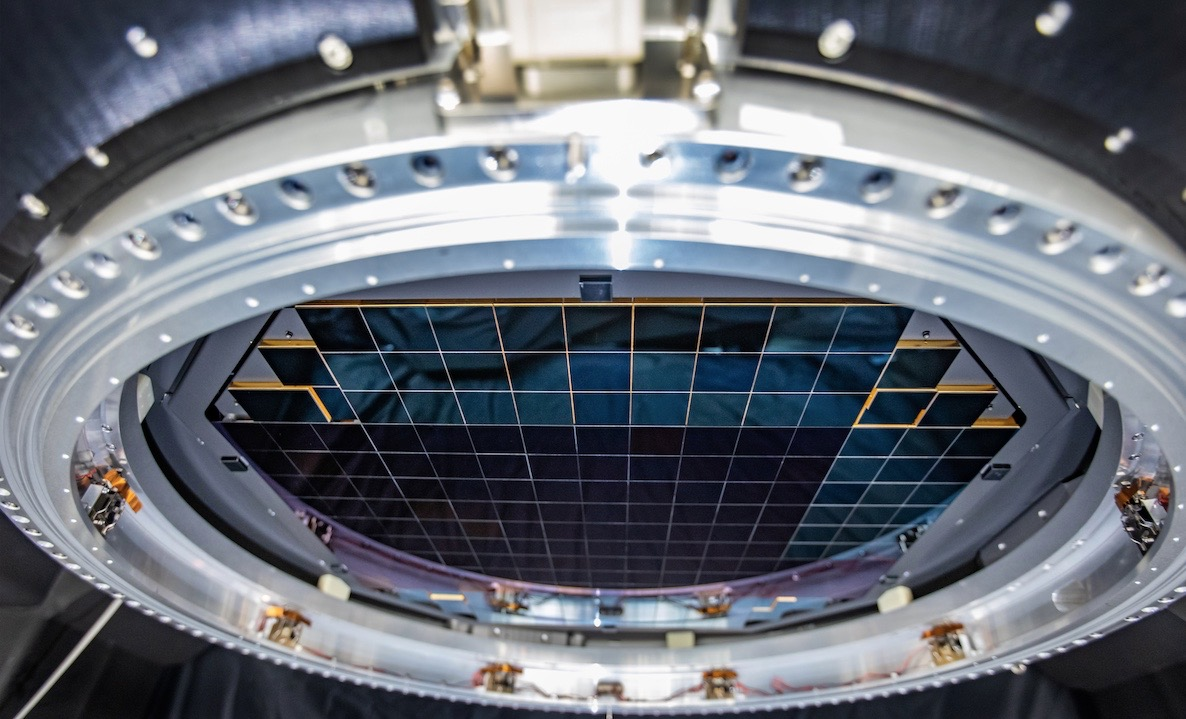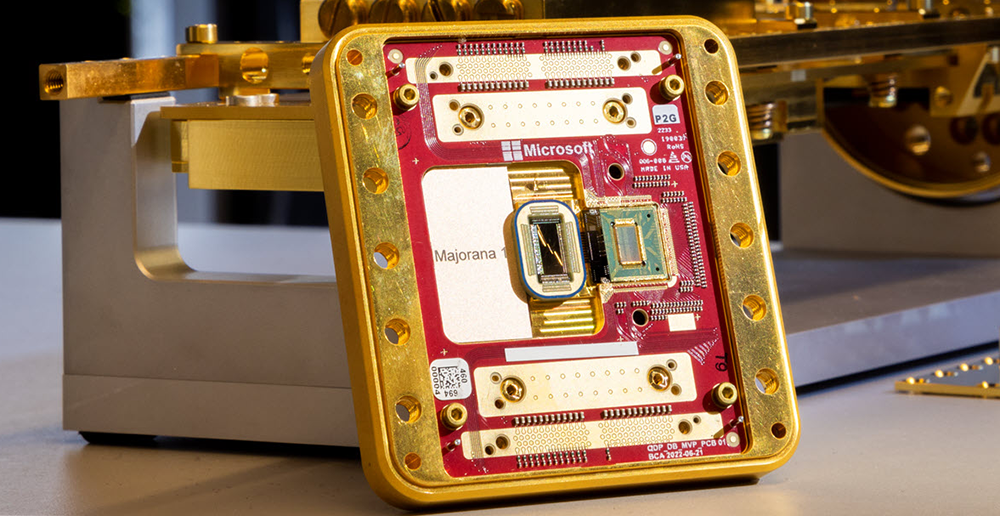The Rubin Observatory camera, a key component of the Vera C. Rubin Observatory, represents a groundbreaking leap in astronomical technology. With its impressive 3.2-gigapixel LSST camera, this system is designed to map the universe and explore the mysteries of dark matter and dark energy over a ten-year period. This innovative large astronomical camera not only aims to create an unparalleled map of the Milky Way but also to capture dynamic events in the night sky. As a major player in the Legacy Survey of Space and Time project, the Rubin Observatory camera will enable scientists to conduct extensive cosmic observations and make important discoveries in astrophysics. Its data is set to be released publicly, fostering collaboration and education across the global scientific community, and inspiring the next generation of researchers in the field of astronomy.
At the forefront of next-generation astronomical exploration, the large telescope at the Vera C. Rubin Observatory is equipped with an advanced imaging system crucial for studying celestial phenomena. The LSST camera, often referred to using interchangeable terms within scientific circles, will revolutionize our understanding of cosmic structures through its extensive surveillance of the night sky. This state-of-the-art device will facilitate breakthroughs in dark matter research and detailed mapping of our home galaxy, the Milky Way. As the central element of the Legacy Survey of Space and Time project, it aims for a comprehensive empirical approach to unlock the universe’s intricate secrets. By capturing and disseminating vast amounts of observational data, this initiative not only seeks to accelerate scientific inquiry but also encourages educational outreach to enhance public engagement with the wonders of the cosmos.
Overview of the Vera C. Rubin Observatory
The Vera C. Rubin Observatory is set to revolutionize the field of astronomy with its cutting-edge technology and ambitious goals. Located in Chile, this observatory houses the Simonyi Survey Telescope, which is instrumental in conducting the Legacy Survey of Space and Time (LSST). The LSST aims to create a detailed map of the universe, focusing on everything from dark matter to the formation of galaxies. As part of the observatory’s mission, the LSST camera—a technological marvel—will support a wide range of astronomical studies by capturing high-resolution images of the night sky.
Construction of the observatory marked a significant advance in astronomical research, as it combines both wide-field and large-aperture telescope capabilities. This unique integration enables astronomers to observe numerous cosmic phenomena, including supernovae and minor celestial bodies, all at once. By continually scanning the sky over a decade, the Rubin Observatory will enhance our understanding of the cosmos and provide crucial insights into the nature of dark matter and dark energy.
Frequently Asked Questions
What is the Rubin Observatory camera used for in astronomical research?
The Rubin Observatory camera, specifically the LSST camera, is designed for large-scale astronomical research, aimed at mapping the Milky Way and studying dark matter. It will capture high-resolution images of the night sky, allowing scientists to track cosmic events and changes over a 10-year period.
How does the LSST camera differ from traditional astronomical cameras?
The LSST camera at the Vera C. Rubin Observatory is the largest astronomical camera ever constructed, featuring a 144-megapixel sensor capable of capturing images 21 times larger than traditional cameras. This unique capability allows it to perform wide-field imaging, making it ideal for discovering faint celestial objects.
What types of discoveries are possible with the Rubin Observatory camera?
Using the Rubin Observatory camera, researchers can engage in a variety of discoveries, including mapping the Milky Way, identifying potentially hazardous asteroids, and investigating the properties of dark matter and dark energy through its vast data collection over the decade-long survey.
When will the LSST camera begin capturing astronomical images?
The main LSST camera is expected to be operational by early 2025, following a commissioning period. The first public release of astronomical images captured by the Rubin Observatory camera is anticipated in mid-2025.
What is the Legacy Survey of Space and Time (LSST) project?
The LSST project, conducted at the Vera C. Rubin Observatory, is a ten-year astronomical survey aimed at creating a comprehensive map of the universe. It will utilize the LSST camera to continuously survey the sky, capturing time-lapse images and facilitating research into dark matter, the Milky Way, and various cosmic phenomena.
How will data from the Rubin Observatory camera be shared with the scientific community?
Data collected by the Rubin Observatory camera will be openly accessible to the global scientific community, ensuring that findings related to dark matter, Milky Way mapping, and other astronomical phenomena can be utilized by researchers and educators worldwide.
What makes the Rubin Observatory camera particularly effective for cosmic cinematography?
The Rubin Observatory camera’s large aperture and wide field capabilities make it uniquely suited for cosmic cinematography, allowing it to capture large amounts of light and observe numerous faint celestial objects simultaneously, thereby enhancing our understanding of the universe.
What advancements in technology does the LSST camera represent for astronomical research?
The LSST camera represents a significant advancement in astronomical technology by being engineered from scratch to maximize capabilities for studying fundamental physics and astrophysical questions. Its design focuses on obtaining highly calibrated and detailed observations of dark matter and dark energy.
| Key Point | Details |
|---|---|
| Introduction of the Rubin Observatory Camera | The camera aims to create a comprehensive map of the universe. |
| Milestone Achieved | Captured its first images of the night sky using the 144-megapixel Commissioning Camera. |
| Next Steps | Integrating the LSST Camera, which is larger and will provide images 21 times bigger than the test camera. |
| Timeline | Main camera to be operational by the end of January, with public releases expected in mid-2025. |
| Access to Data | All data will be made available immediately to scientists and for educational outreach. |
| New Approach to Astronomy | The wide field and large aperture will enable the discovery of a variety of astronomical phenomena. |
| Focus on Dark Matter and Dark Energy | The project aims to explore fundamental questions about dark matter and dark energy. |
Summary
The Rubin Observatory camera stands at the forefront of astronomical innovation, aiming to revolutionize our understanding of the universe. With its impressive capabilities, this camera will allow scientists to monitor celestial changes and analyze vast datasets over a decade-long project. The commitment to open data accessibility exemplifies a new era in collaborative astronomical research, making the Rubin Observatory camera not just an instrument, but a gateway to unlocking the secrets of dark matter, dark energy, and the cosmos as a whole.




